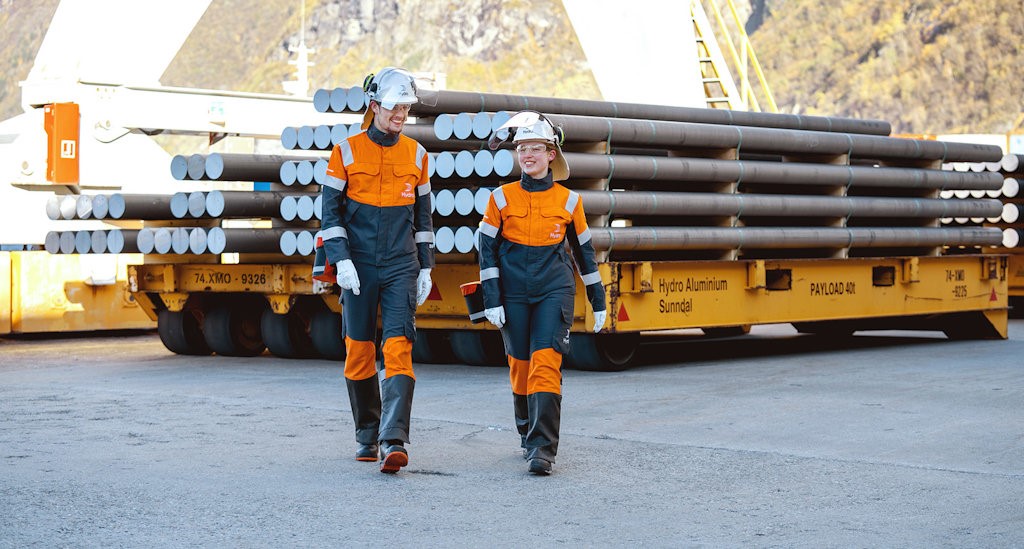

The Norwegian government, industry associations, and trade unions have agreed on the future of the Norwegian CO2 compensation scheme, which will be valid from 2024 until 2030. This agreement involves the Norwegian government, Norsk Industri, Energi & Forbundet for ledelse og teknikk, Fellesforbundet, LO, and NHO. It sets an annual maximum CO2 compensation for eligible industries at NOK 7 billion.

2022 CO2 quota price floor to be removed
Additionally, the CO2 quota price floor, introduced in 2022 and further increased for 2023, will be removed entirely. The compensation cap will be adjusted for inflation annually. As part of the updated CO2 compensation scheme, industries must implement emission reduction and energy efficiency measures equivalent to 40 per cent of the CO2 compensation they receive.
"The CO2 compensation scheme is essential for maintaining competitive frame conditions for industries in Norway. This agreement will provide predictability, while accelerating decarbonization and green investments," said President and CEO, Hilde Merete Aasheim.
About the revised scheme
This revised scheme will need approval from the EFTA Surveillance Authority (ESA) and annual approval from the Norwegian parliament as part of the regular state budget process. The CO2 compensation scheme is tied to the EU emissions trading system (ETS), offering partial compensation for the indirect CO2 price impact on Norwegian power prices from the European ETS system.
Despite Hydro's use of 100 per cent renewable energy and the absence of CO2 emissions from its aluminium production, Norwegian power prices are influenced by CO2 costs due to their connection with the European power market. The current production estimates suggest Hydro will be entitled to approximately NOK 3.2 billion in CO2 compensation for 2024, to be paid out in 2025.
The CO2 compensation scheme aims to establish a fair competition ground for European energy-intensive industries and to prevent carbon leakage. This term refers to the scenario in which energy-intensive industries relocate their production to countries where there are no costs associated with CO2 emissions despite similar or even higher levels of CO2 emissions.
Responses








